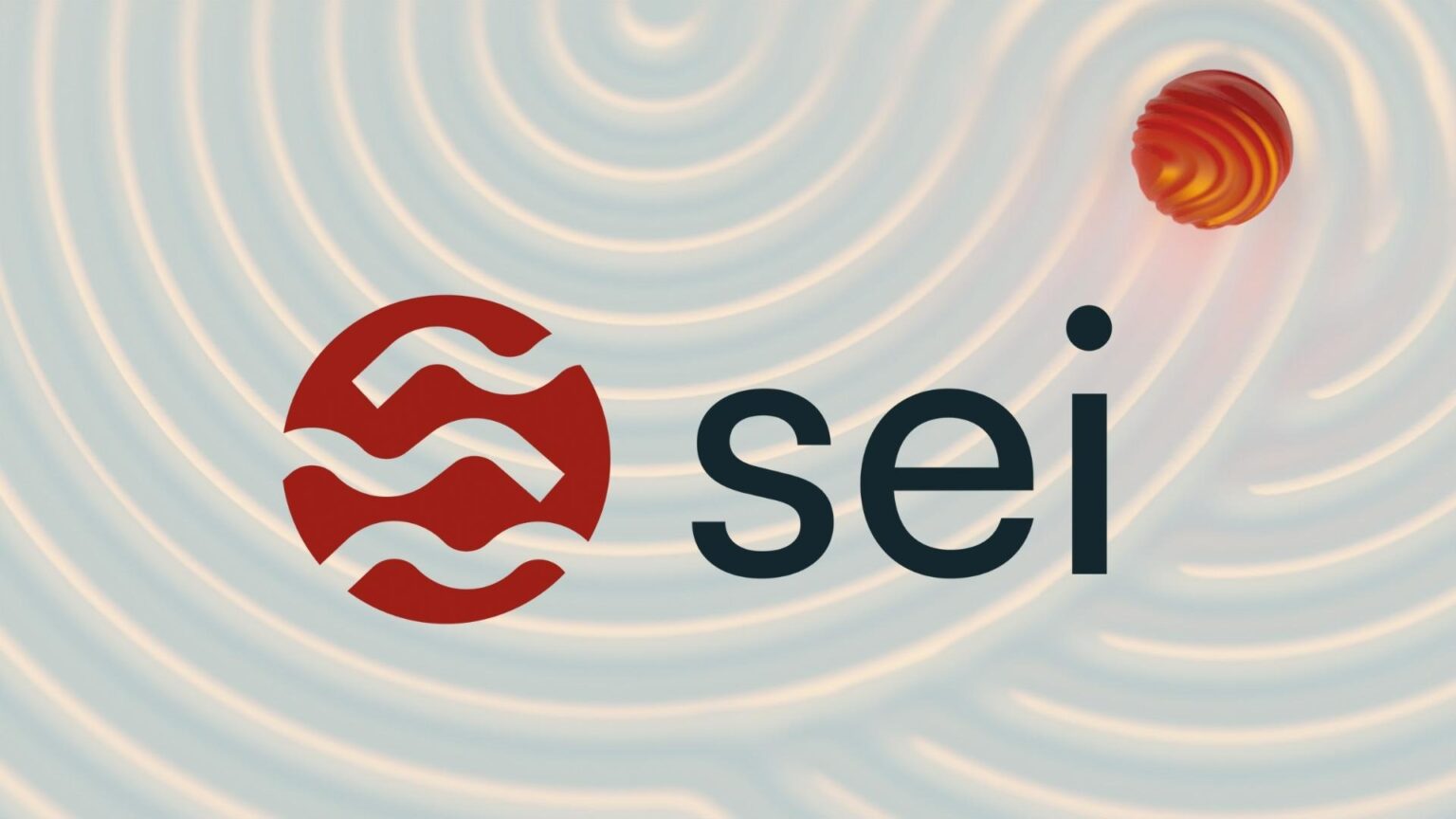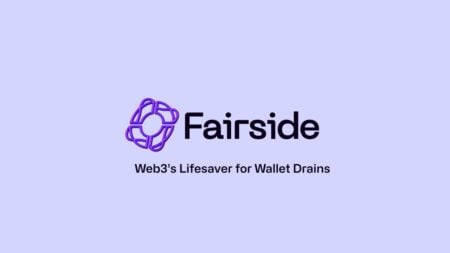This article is sponsored by the SEI Foundation and their Creator Fund
Early cryptocurrency adopters will remember when new blockchains and tokens were being launched faster than anyone could keep up with. L1 blockchains aren’t launching a dime a dozen like they used to, but still face many of the same scalability challenges. There are a lot of particulars and information that make each chain both unique and complex. Even folks with previous on-chain experience can find it difficult to learn a new blockchain, so educational information to help onboard new users is pivotal to help make a complicated process simpler.
I had the opportunity to speak with Chad Hugghins, the head of Marketing and Community for the SEI Foundation. SEI is a newer L1 blockchain that has been building infrastructure and community since it launched just over a year ago. We dive into Chad’s background, what SEI is and how the Foundation helps support it, and more, below.
Chad can be found on X at https://x.com/ChadHugghins. You can learn more information about SEI at their website, https://www.sei.io/. More information about the Creator Fund can be found on the SEI blog, https://blog.sei.io/sei-creator-fund-round-2-creative-media-and-ip-development/.

In the following interview conversation, “DH” precedes a question asked by the author, and “Chad” indicates a response from the interviewee.
DH: First off, I’d like to thank Round 2 of the Creator Fund on SEI for sponsoring this interview. I’m hoping it leads to more interviews with folks building on SEI who see this type of format for the first time. I also would like to thank you for agreeing to be the first SEI interview! Can you give us a brief background on your time in web3?
Chad: Sure. I was involved in a DAO as a contributor during the beginning of the last big bull run in 2020, and that community led directly to me being one of the first marketing hires at Polygon when Polygon was still largely unknown. After a few years at Polygon, I briefly joined a DePIN project before joining the Sei Foundation as the Head of Marketing.
DH: Following up on that, what are you focused on now on SEI and what has you excited about the future of SEI after its EVM launch?
Chad: Sei has all the ingredients to be a breakout success as a blockchain infrastructure project. A lot of this phase of building a chain and a chain’s ecosystem comes down to the compounding effects of many small decisions. So, the most bullish part of Sei internally is that the team is very focused and pragmatic.
DH: Let’s unpack that last question a little more for readers who aren’t as familiar with SEI. So, there are two versions of the SEI chain – a native version one and an EVM (Ethereum Virtual Machine) version two. Can you break down the difference for us and explain why SEI felt there was a need for a second chain when very few other blockchains operate this way?
Chad: It was a very practical decision. EVM networks are extremely popular with developers. 9 out of 10 multichain devs have worked on at least one EVM chain. We want more developers and founders to build and deploy on Sei, so our mission now is to scale the EVM by being the first chain to bring parallelized transactions to the EVM.
DH: SEI is a relatively young blockchain compared to other Proof of Stake chains. There was a mass evolution of chains a few years ago, many of which haven’t panned out as anticipated. What do you think SEI has done differently that has helped it gather an audience and begin to stand out from the crowd a bit more?
Chad: Focus and an emphasis on community.
DH: What are one or two features of SEI that users will find completely different than previous blockchains that they’ve encountered during their time in web3?
Chad: For users, it should be so fast that they forget it’s there. Blockchain dApps so far have hard to work around very slow finality and low TPS numbers in their app UX and design. We should be able to see more Web 2-like experiences on Sei V2.

DH: There’s been a massive push, including this interview, to start doing more media in the web3 space and increasing visibility into SEI. Can you speak a bit about how the SEI Foundation looks at marketing the blockchain and how that’s evolved?
Chad: We want to be community-first in how we take Sei applications to market, and so we want to make sure that there are many viable distribution channels for Sei project founders to take advantage of to try and find their first users. That leads to things we are trying like the $10M Creator Fund, and other ways that we can operationally scale our abilities to be creator-first.
DH: There is a major focus in the SEI community on nonprofit work. Can you share a little about that? Is the Foundation involved at all?
Chad: There is no official philanthropic arm of the Sei Foundation. These have all been community-seeded initiatives. Our community team recognizes that these types of things are unique ways to draw people into our community, and will help amplify them from time to time.
DH: Without giving too much away, what can you share about where SEI is going that has you the most excited?
Chad: There is momentum across the board, and that’s exciting. More TVL from novel Defi protocols, more users from consumer applications and games, and key use cases like NFTs seeing increased awareness and adoption.

DH: Why should a new blockchain user start their journey into web3 with SEI?
Chad: Sei is a great start for people who are new to crypto because the community is very welcoming and will help onboard them and help them find a place to hang out based on what type of person they are and what kind of stuff they are interested in.
DH: Why should an existing blockchain user branch out of a familiar ecosystem to explore SEI for the first time?
Chad: The incentives right now are amazing, the community is still small enough to where you can not get lost in the crowd, and there are lots of interesting Sei native applications coming down the pipeline.
DH: Finally, I like to end with a prediction about the space as a whole. What is one thing you think we’ll see in web3 in 2025 that doesn’t exist today?
Chad: Good – Web 2-like consumer applications. Bad – more regulation.




